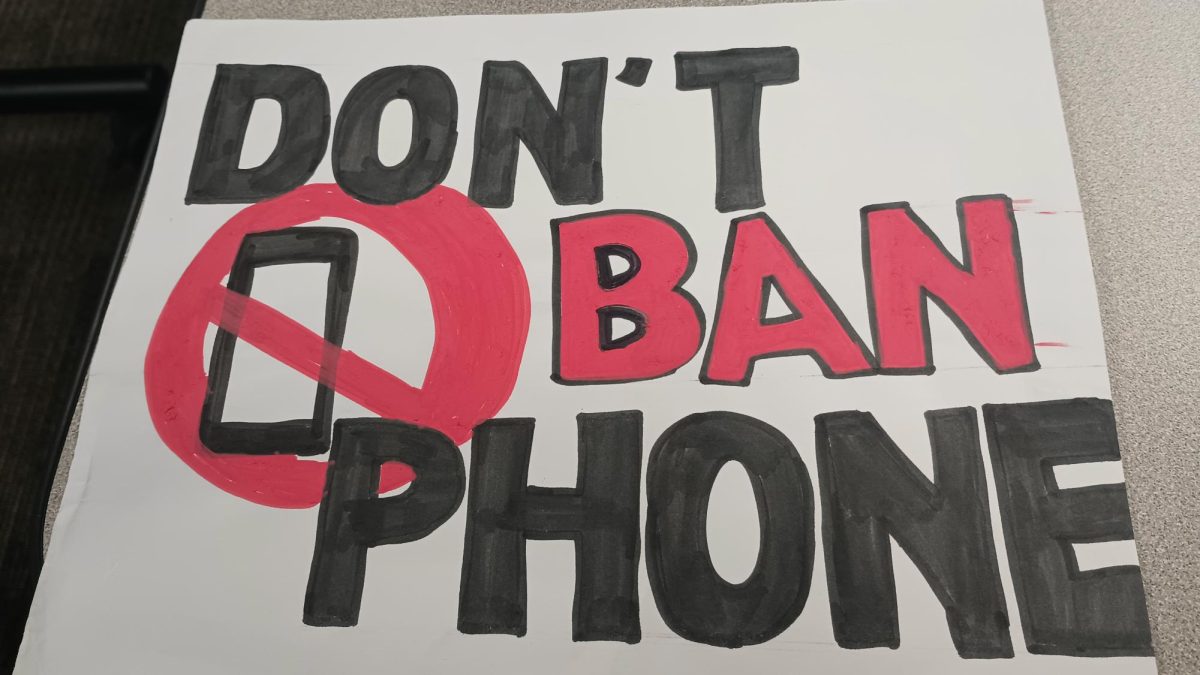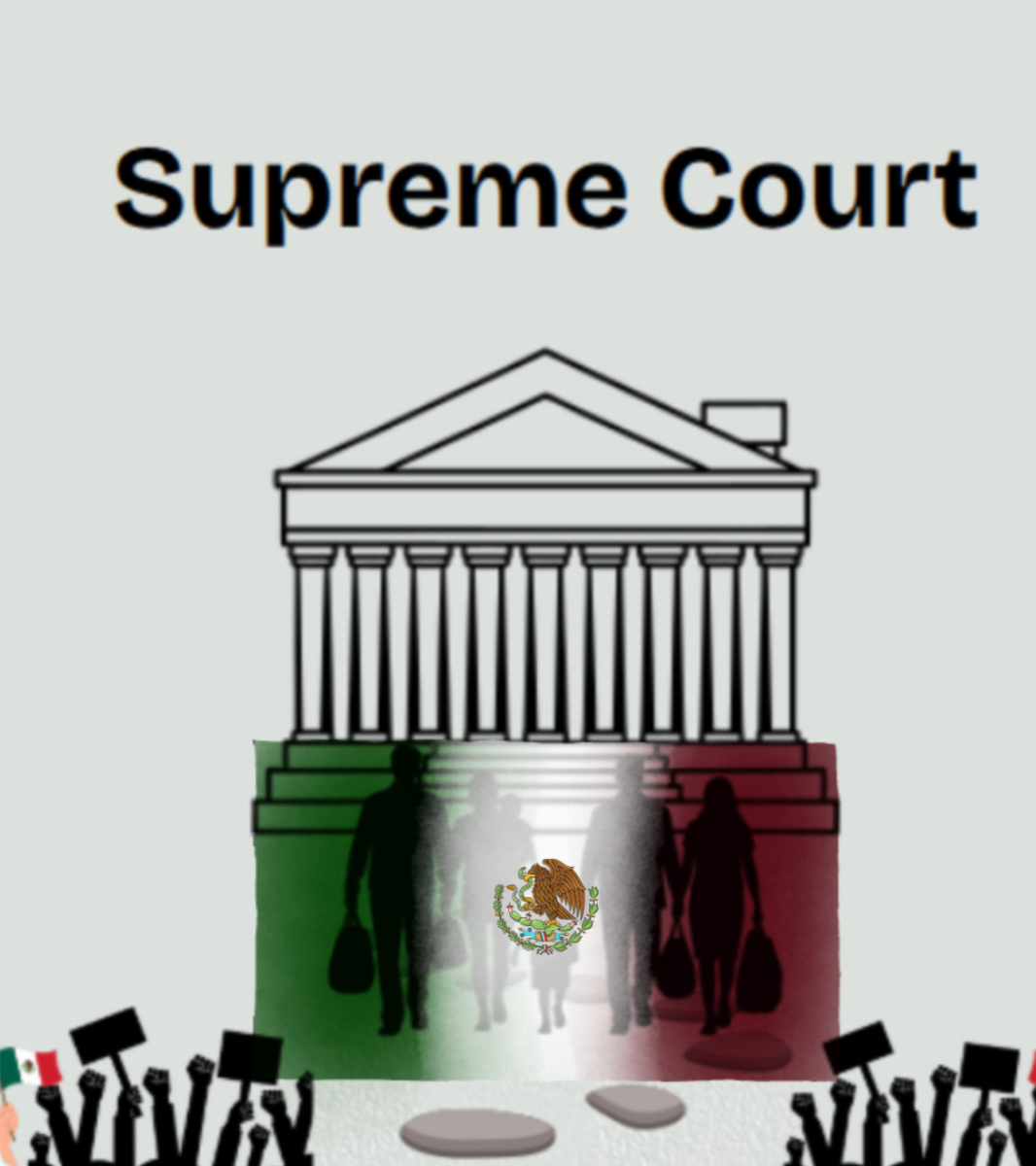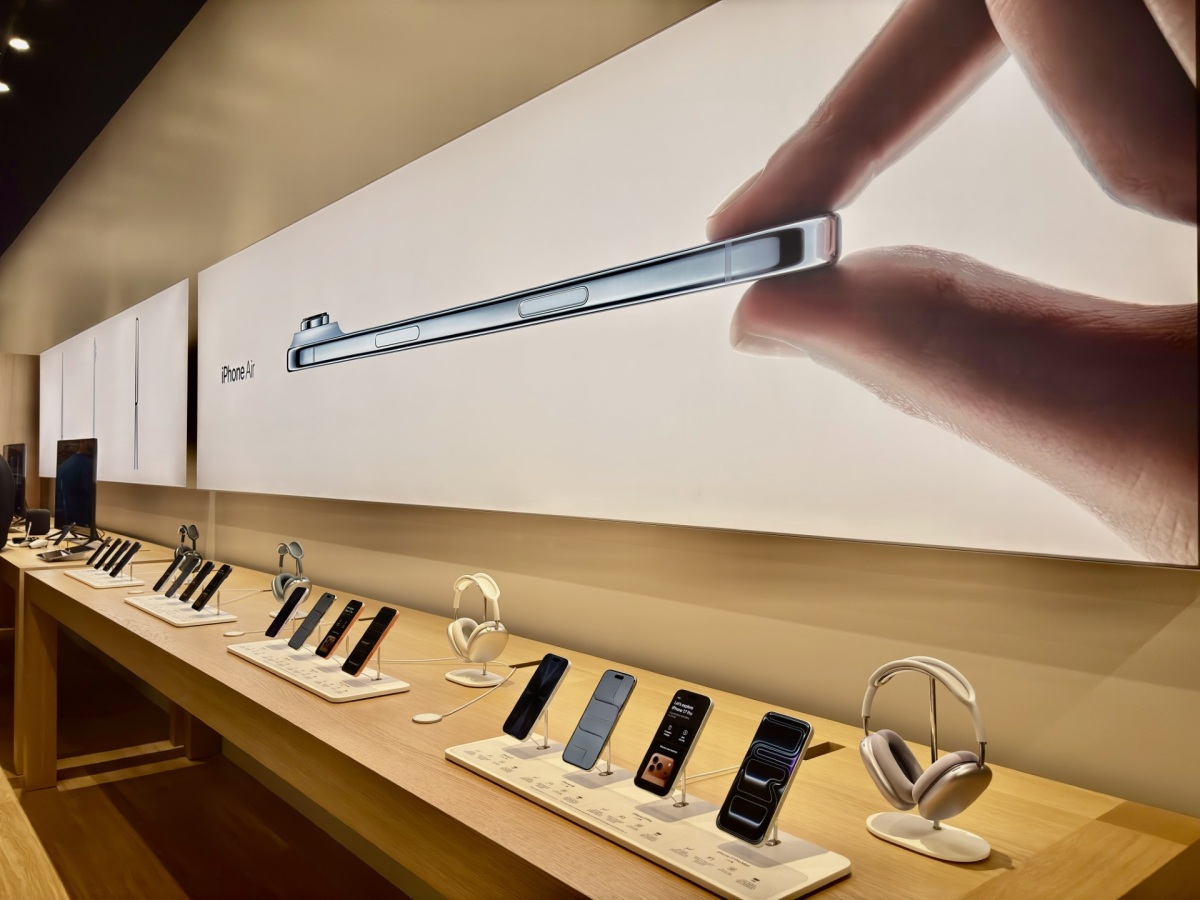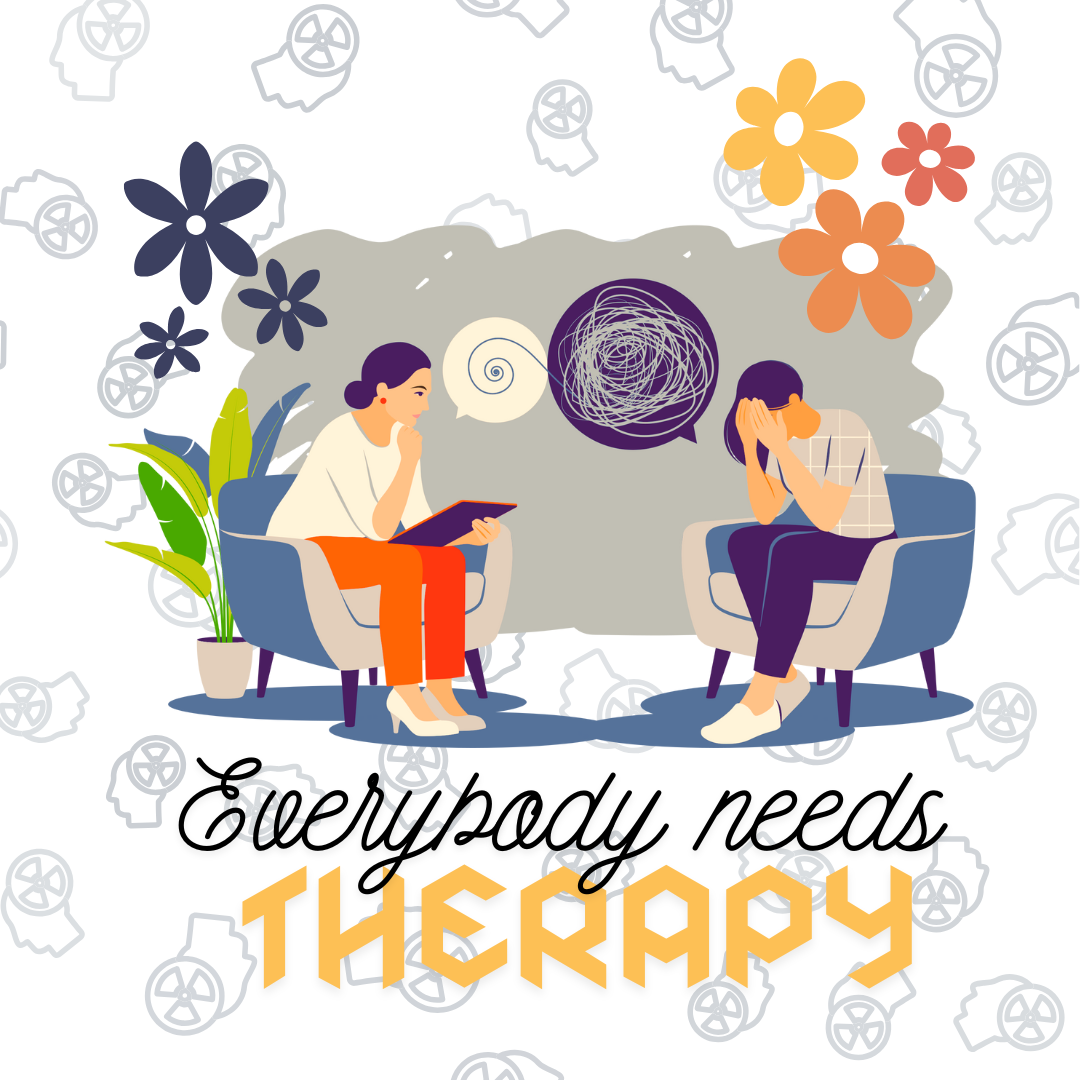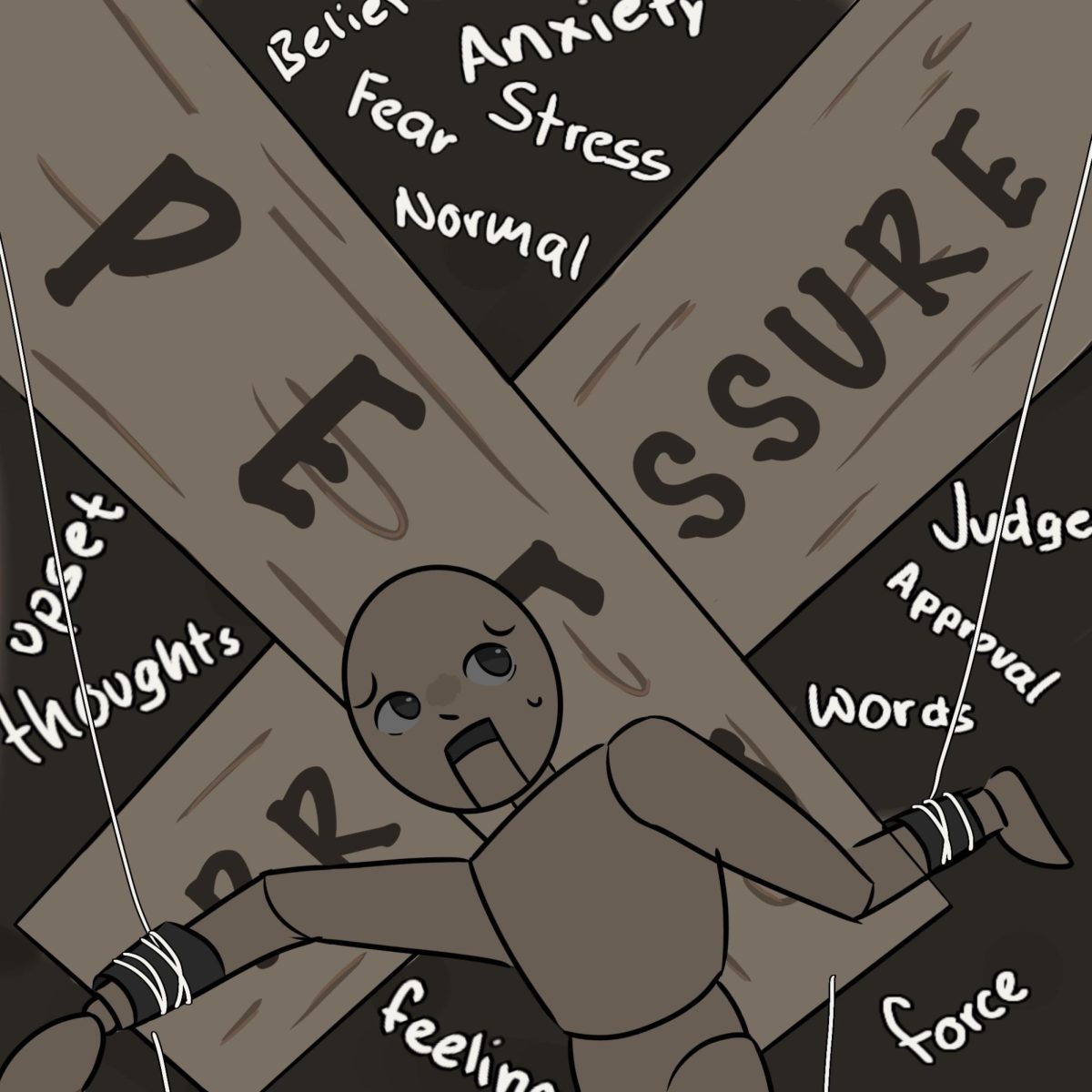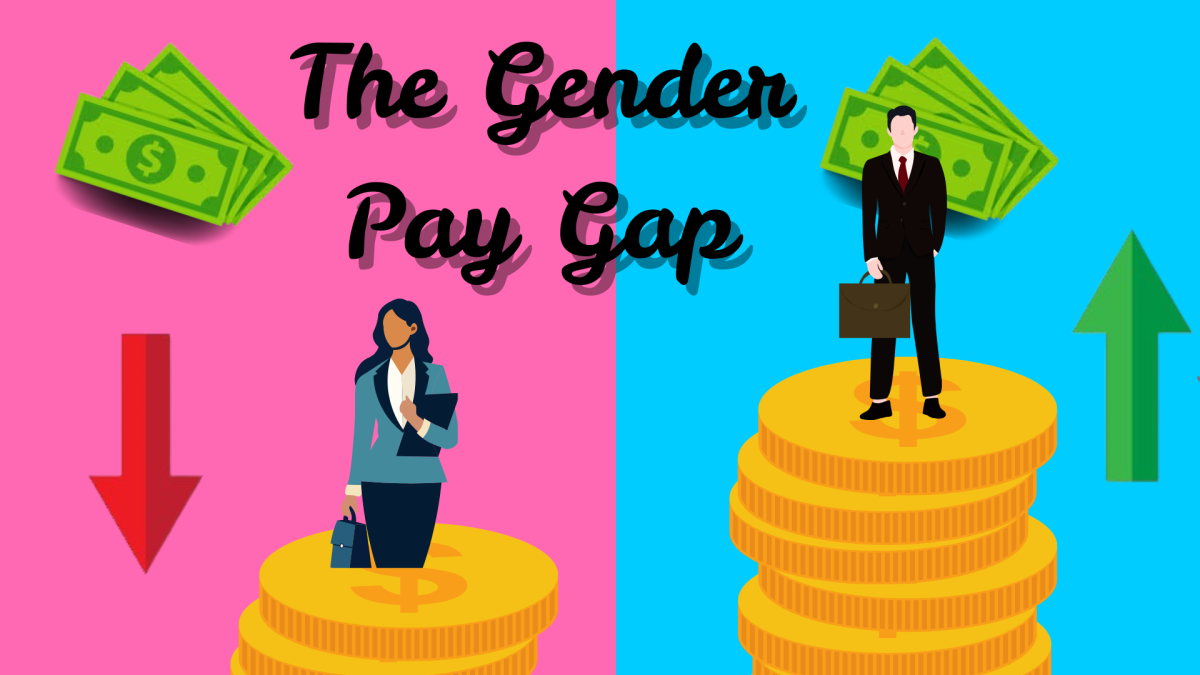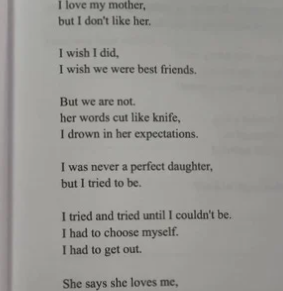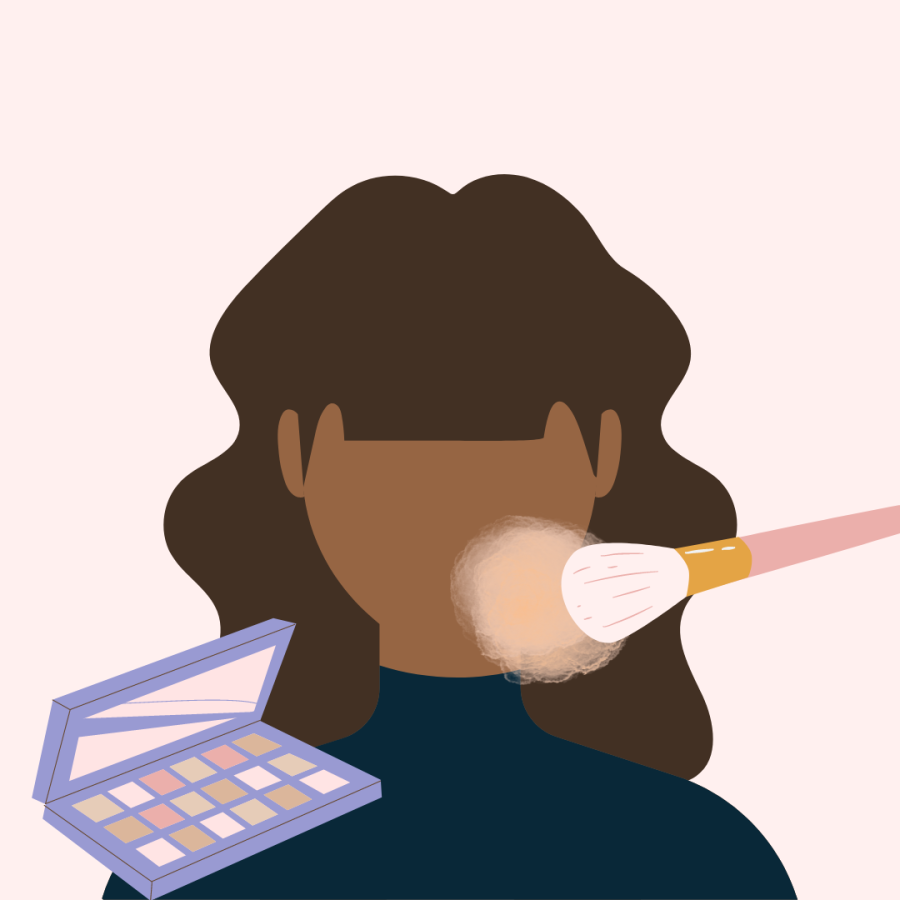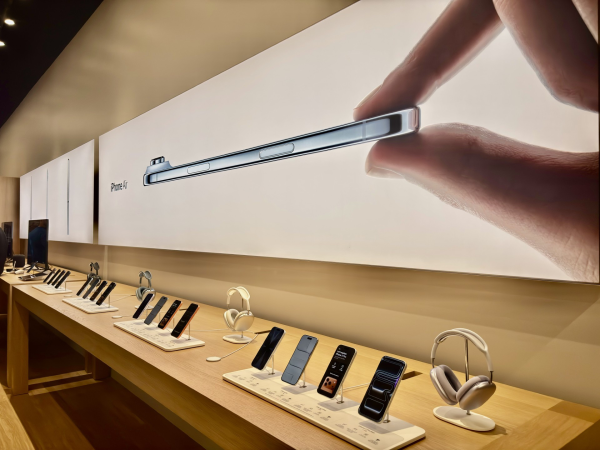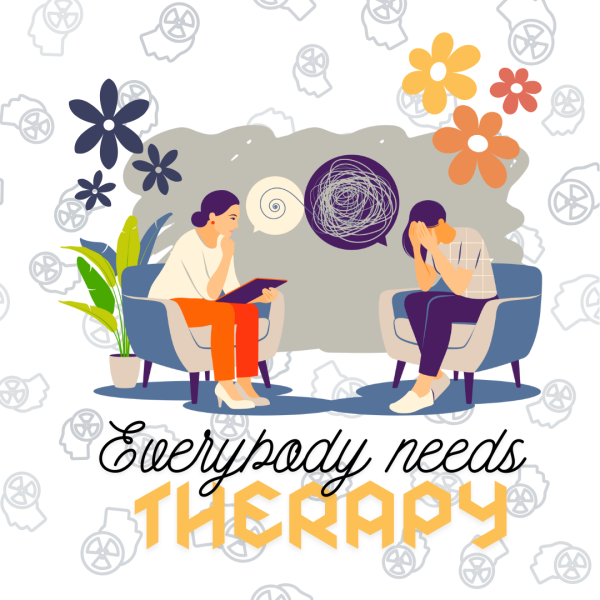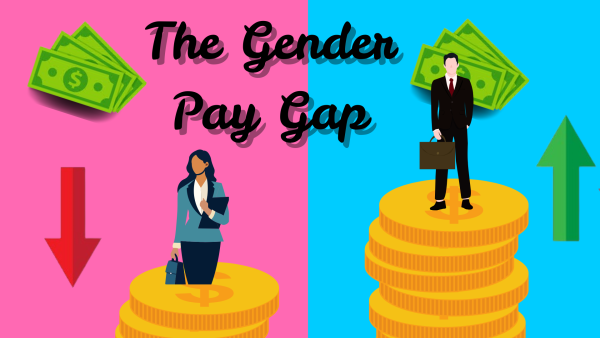Colorism: you aren’t white enough
Malena Fouts-Arteaga (made with Canva)
Colorism is present almost everywhere; if you go to a makeup store, chances are that you won’t find many dark shades.
If you open an app like Tiktok or Pinterest and look up a clothing style on social media, chances are that it’ll take you a while to find a black person or a POC (person of color) with dark skin. Even if you look back at all of the TV shows and movies that you’ve ever watched— how many characters are black or dark-skinned POC? Some call this a lack of representation, racism, or pure coincidence. However, there’s actually a name for this: colorism.
Colorism and racism are almost synonymous. Colorism is discrimination against people who have a dark skin tone. Usually, people target dark-skinned people within their own ethnic or racial group. While this is common within East Asian and Latino cultures, it is not exclusive.
Colorism is a form of discrimination yet it’s not given the same urgency as other issues such as racism or misogyny.
So, how did colorism begin in the US?
The issue is rooted in slavery. Slaves that were light-skinned were usually born from a white master and an enslaved woman, so they were kept inside and were in charge of the domestic housework, unlike their dark-skinned counterparts who had to work outside.
Not only were light-skin slaves given easier tasks, but they were also sold at higher prices because they were seen as more desirable. As the dark-skinned slaves worked outside, their skin got darker while the light-skinned slaves stayed inside and kept their complexion. This is when having dark skin got associated with being part of the poor working class.
From skin bleaching to a lack of black protagonists, colorism still remains in today’s society and media.
According to “Black representation in film and TV,” the film industry could make an additional $10 billion in revenue if only they addressed more racial inequalities and had more diversity. The article also revealed that only 6% of writers, directors, and producers of American films are black.
Senior Alejandro Prado shared his experience with TV and movies.
“In any show I’ve watched I can confidently say that there are more white actors compared to black actors. White actors have always been the majority in anything that I watch and while it is sad, it is also true,” he said.
In a report done by Statista, only 10.5% of lead actors were of minority ethnicity in 2011. In 2021, the statistic grew to 38.9%. This change is positive but it’s not enough because many of those roles just portray stereotypes or the white savior trope.
Junior Heidi Alvarado said, “I’ve seen my own ethnicity frequently, but they’re mostly stereotypes like the red hoodie or darker skin.”
The red hoodie stereotype is something that many Hispanic and Latino characters are commonly seen wearing. Characters like Miguel from “Coco,” Marco from “Star vs. the Forces of Evil,” and even Carlos from “The Magic School Bus.”
A running joke with the Latino community is that if a character has tan to dark skin and wears a red hoodie, there is a high possibility that the character is Latino or Hispanic.
Alvarado brought up dark skin, which is another issue. In a Time article about afro-Latinos, they bring up the fact that nearly all of the biggest Latina actresses are fair-skinned. Because we’ve seen so many fair-skinned actresses, afro-Latinos are less likely to be cast. If they are, then they usually play the role of a black character.
Even though diversity can help with getting rid of stereotypes, it doesn’t completely get rid of the day-to-day colorism that we see.
“I do believe that [less diversity] can make people have stereotypical thoughts. What people see online and on TV heavily impacts their views on certain people and it creates false opinions and ideas,” said Prado.
As of 2020, the global market for skin bleaching and skin-lightening products is estimated to be worth about $8 billion USD. In July of 2020, Fair & Lovely, a skin-lightening cream sold in India by Unilever, was renamed to ‘Glow & Lovely’ after receiving criticism. Instead of discontinuing the product, the company decided to keep participating in colorism because their solution was just renaming it. But hey, at least the name stopped encouraging its consumers to believe that only fair skin can be beautiful.
Dozens of potentially dangerous chemicals can be found in these types of products such as Hydroquinone and even Mercury. Although the side effects of Mercury have caused it to be banned as an ingredient, it’s still found in products thanks to mislabeling and illegal sales.
Even though skin whitening creams should not be used regardless of who uses them, we have to understand why people even use them in the first place.
It is reported that four out of ten women throughout Asia either use or have tried whitening creams. Many women share the same reasoning: they felt pressured to hide their melanin because, by their standards, dark skin is associated with being unattractive. People who had to work outside had darker skin and the wealthy people were fair-toned because they could stay inside.
Colorism is even present in dating.
If you’ve seen any videos on social media about racial preference when it comes to dating, chances are that you know that many people say they would never date a black woman. However, what they usually mean is that they’ll only date light-skinned women because of the angry black woman stereotype that is often associated with black girls with dark skin. In the comments of these videos, people are usually defending the creator.
However, if you search for something like “racial preferences” on an app like TikTok, you won’t really see any more of these videos; they either got deleted or were set to private. Instead, you can find people explaining why having racial preferences is racist.
Even though people are more socially aware on social media, it doesn’t change the fact that many people are still targeted in real life.
Pew Research Center surveyed a group of Hispanics in 2019, and they found that Hispanics with dark skin were treated more unfairly than Hispanics with paler skin. Nearly 64% of Hispanics with dark skin reported that they faced discrimination. In addition, 53% of Hispanics with dark skin said that they were the target of slurs or jokes.
While it’s hard to get others to change the way they think, you can stop yourself from having colorist thoughts.
Here are a few things to keep in mind: don’t ignore color, pretending that it doesn’t exist doesn’t help; normalize the fact that other people do have different skin tones, but don’t do it in a way that makes one seem better than the other; embrace color diversity in children’s media; educate yourself on the struggles that other people or communities face.
MCHS Junior Alejandra Leal ended with an important message.
She said, “I feel like [representation] would change the way people see certain groups, and see more into the diversity and culture there is. I feel like there needs to be more Latin and black representation with different roles. I want to see a Hispanic hero make the headlines and see black heroes up there too.”

I love buying clothes for my dog, my favorite band is Lamp, and my favorite animal is the whale shark.




